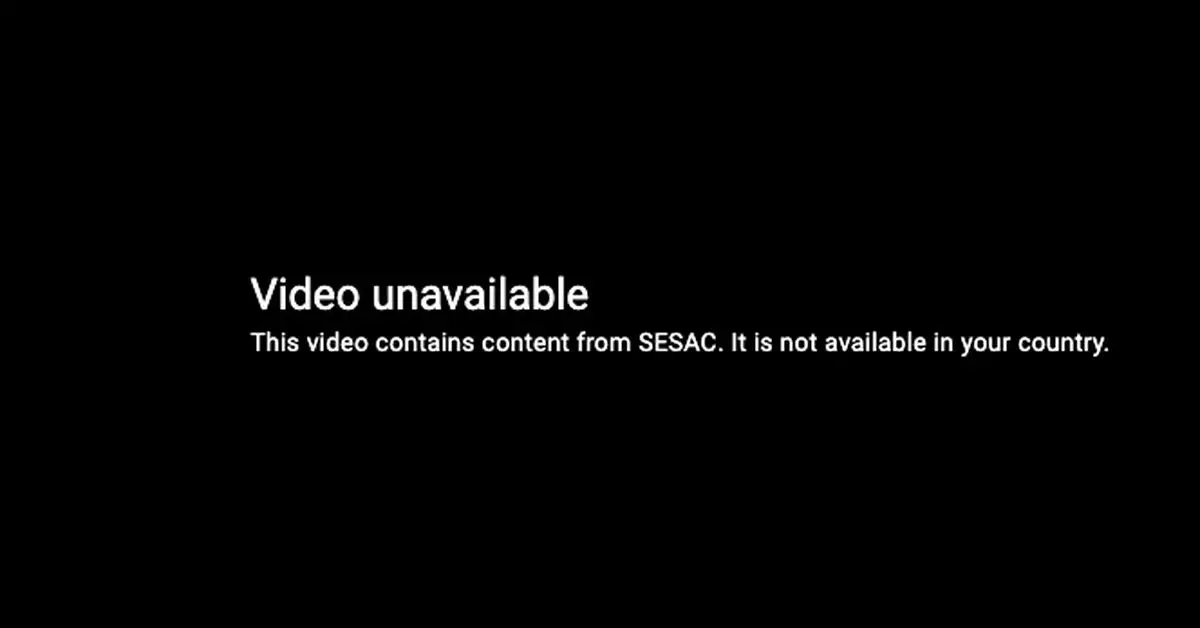On Saturday, millions of music lovers were left confused and frustrated as iconic tracks from acclaimed artists such as Adele, Kanye West, and Britney Spears suddenly vanished from YouTube and YouTube Music. Instead of the melodies fans expected, they encountered an abrupt notification: “Video unavailable. This video contains content from SESAC. It is not available in your country.” This frustrating scenario raised several important questions regarding music licensing and the implications of such mass removals from popular platforms.
To grasp the magnitude of this dilemma, one must first comprehend what SESAC—short for the Society of European Stage Authors and Composers—actually represents. Established in 1930, SESAC serves as a key player in the music licensing arena, ensuring that songwriters and publishers receive compensation for the public performance of their works. While it’s not as expansive as its counterparts, BMI and ASCAP, SESAC currently oversees licensing for more than 1.5 million tracks contributed by a network of over 15,000 affiliated songwriters and composers. In 2017, SESAC was acquired by Blackstone, a prominent private equity firm, further emphasizing the organization’s significance in the industry.
The immediate ramifications of SESAC’s actions are glaring. Music that drives significant engagement on YouTube is now gone, leaving creators and fans bewildered. While an extensive searchable database of SESAC’s repertoire exists, not all songs listed have been impacted uniformly. For instance, while Kanye West’s “Power” appears blocked, the accompanying music video remains accessible. This inconsistency raises questions regarding how effectively SESAC communicates which songs are affected and why specific titles are treated differently.
YouTube, in its response to these developments, disclosed that negotiations with SESAC were ongoing prior to the removal of content. Mariana de Felice, a spokesperson for YouTube, confirmed that efforts to renew their licensing agreement ultimately fell short before the deadline. Consequently, the absence of SESAC-represented music marks a significant loss for both fans and artists who rely on streaming services for exposure and revenue.
The ongoing conflict between YouTube and SESAC underscores a greater tension in the music industry—one that involves balancing the rights of artists with the distribution capabilities of digital platforms. For content creators, the inability to access popular songs disrupts their workflows, limiting their creative options and potentially alienating their audiences. On a broader scale, this incident serves as a reminder of the fragility of content availability in an age where licensing often dictates what can be played or shared.
As negotiations between SESAC and YouTube continue, the music community is left speculating about the future. Will SESAC revamp its agreements to avoid such disruptions in the future? And, more importantly, how can digital platforms and licensing bodies work together to create an ecosystem that benefits artists while remaining accessible to audiences? As fans await the return of their favorite tracks, these critical questions loom large over the rapidly evolving landscape of music streaming.


Leave a Reply